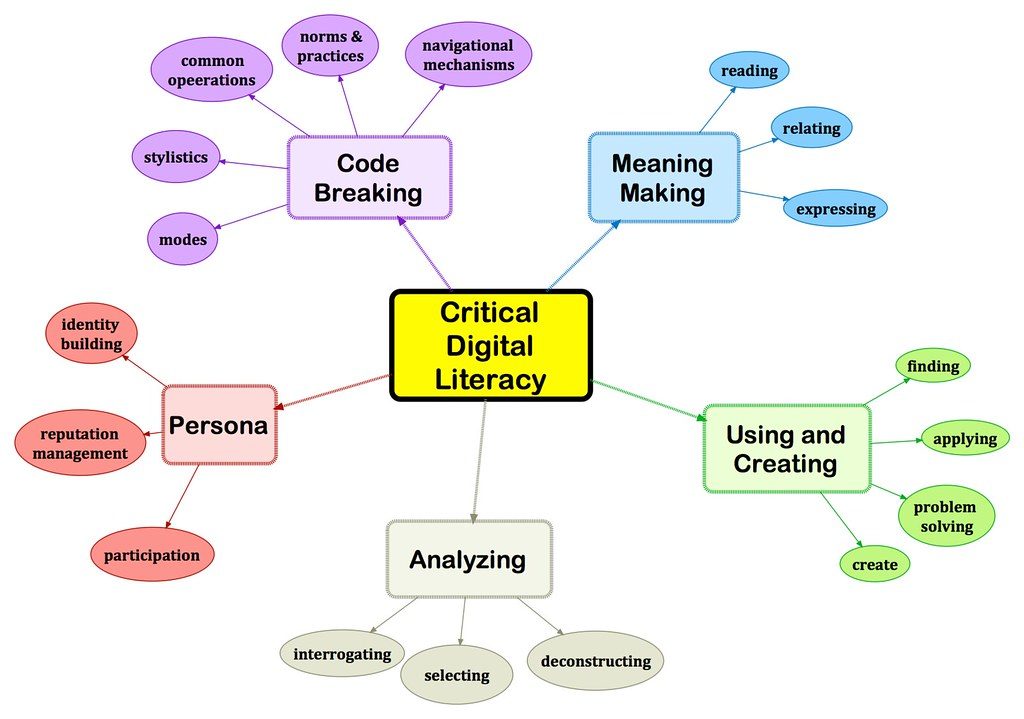It can be very difficult to tell what is real and fake when it comes to news on the internet, which means digital literacy is becoming a more and more vital skill. Most social media platforms are now being used to spread local and international news. While this can be a much quicker way to inform yourself about trending and important world events, what are the dangers of getting your news from Facebook or Twitter? The answer is fake news.
Fake news can be defined in a number of ways. It can be an opinion-based article that is treated as fact, a misleading spinoff or incorrect interpretation of a real event, or news that is just simply made up. Digital literacy is all about being able to filter through the news you encounter with a critical lens, regardless of the platform you are viewing it on, to determine whether or not the source is reliable and the information is factual.
In many aspects of life, we are encouraged to follow our gut instinct, but when it comes to digital literacy this is not a wise choice. It has been proven that people are more likely to determine news as factual if it coincides with their opinions and beliefs, regardless of whether or not the information is accurate. This is why it is vital to develop critical digital literacy skills.

Digital literacy is a skill that needs to be taught to all students that are active on social media and who search for information online. Many people may think this skill is only relevant for subjects such as social studies or english, but this is far from the truth. I am currently studying drama education, and I can confidently say that digital literacy is vital for students in the arts as well. Much of art and drama is centered around societal issues. Drama is a method of expression, where students can share their opinions or viewpoints in a safe and creative manner. If students were to write a script that included content about racism based solely on fake news, the performance would most likely be highly problematic and offensive. As the NCTE framework suggests, it is important that students not only learn how to recognize fake news but that they also learn the danger of spreading inaccurate information.
So, how do we teach digital literacy to students? The answer is simple, treat it like any other skill you would teach in the classroom. You would not expect students to know how to factor a trinomial before you taught them the skills to do so. Likewise, you cannot expect students to be able to identify fake news if they have not been taught the digital literacy skills required to do so. Teach students about tools they can use to determine the validity of a source, provide them with examples of real and fake news to practice with, and show them how bias can alter a story. It may be the most important and practical skill you will ever teach them.
2 Comments
Lydia
I love your insight of treating this like any other skill. We need to start with the basics and break it down. I think we sometimes assume that because children grew up using technology, that they are aware, but everyone enters our classroom at different levels. Thank you for sharing.
The Podium
Thanks for sharing this post!
It totally depends on us to find out what is real and fake.